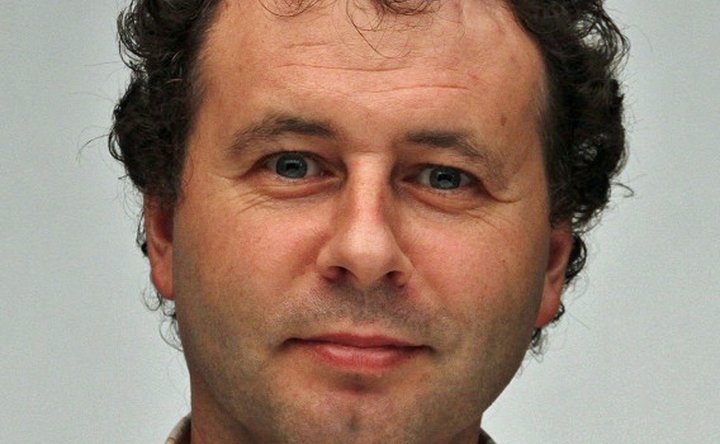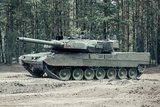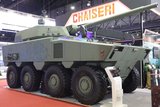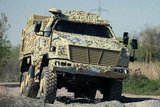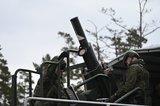Australia showcases electrifying Bushmaster
The Australian military is experimenting with an electrically powered Bushmaster known as the ePMV. (Department of Defence)
The prototype of a new hybrid electric-powered Bushmaster 4x4 protected mobility vehicle was unveiled at the Chief of Amy Symposium 2022 in Adelaide on 9 August.
The silent ePMV employs two hybrid electric drives in the hull that produce 140kW and 480Nm of continuous torque. The batteries are stored in the space formed by the V-shaped hull. A small diesel engine acts as a range extender, giving 400kW of continuous power and helping charge the power bank.
The Bushmaster’s optimised power management system gives an estimated 200-300km range and 24-36h of silent watch on battery power. This compares with a
Already have an account? Log in
Want to keep reading this article?
More from Land Warfare
-
![The British Army’s Land Mobility Programme – all change but no progress?]()
The British Army’s Land Mobility Programme – all change but no progress?
The UK’s Land Mobility Programme, an effort to replace thousands of British Army vehicles, may be about to undergo a radical change in direction.
-
![Supacat and KNDS join forces for British Army vehicle programme]()
Supacat and KNDS join forces for British Army vehicle programme
The Land Mobility Programme is the biggest UK opportunity for the next few decades if it all falls into place. Companies have been filling their dance cards as milestones approach in the hope they are not the mirages of the past.
-
How Patria TREMOS redefines battlefield mobility
The war in Ukraine has made it clear: the battlefield waits for no one. Military operations now take place in fast-paced environments, and speed is not just about the fight itself – it is about the entire ecosystem of warfare.








